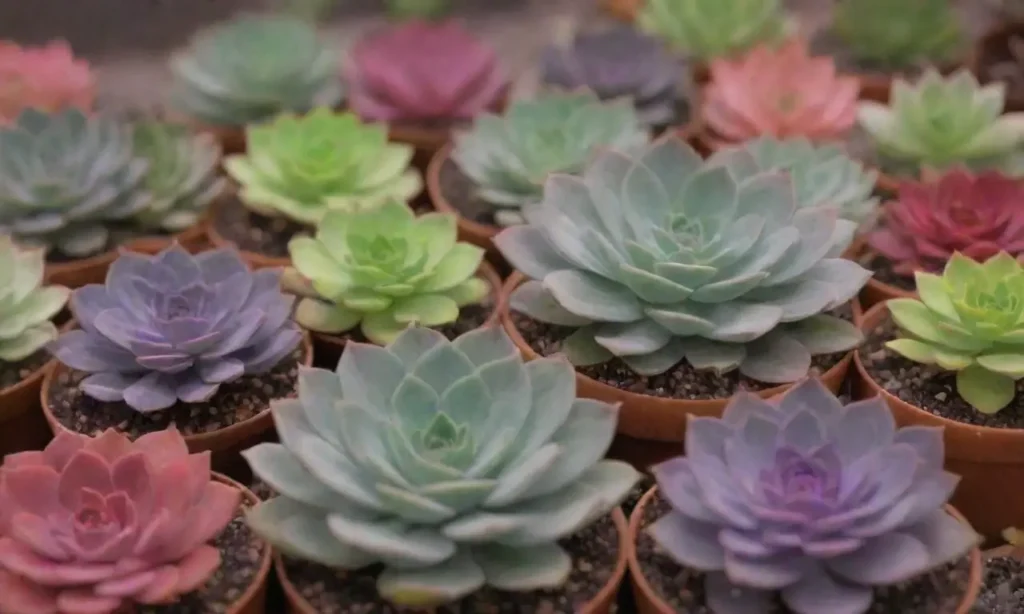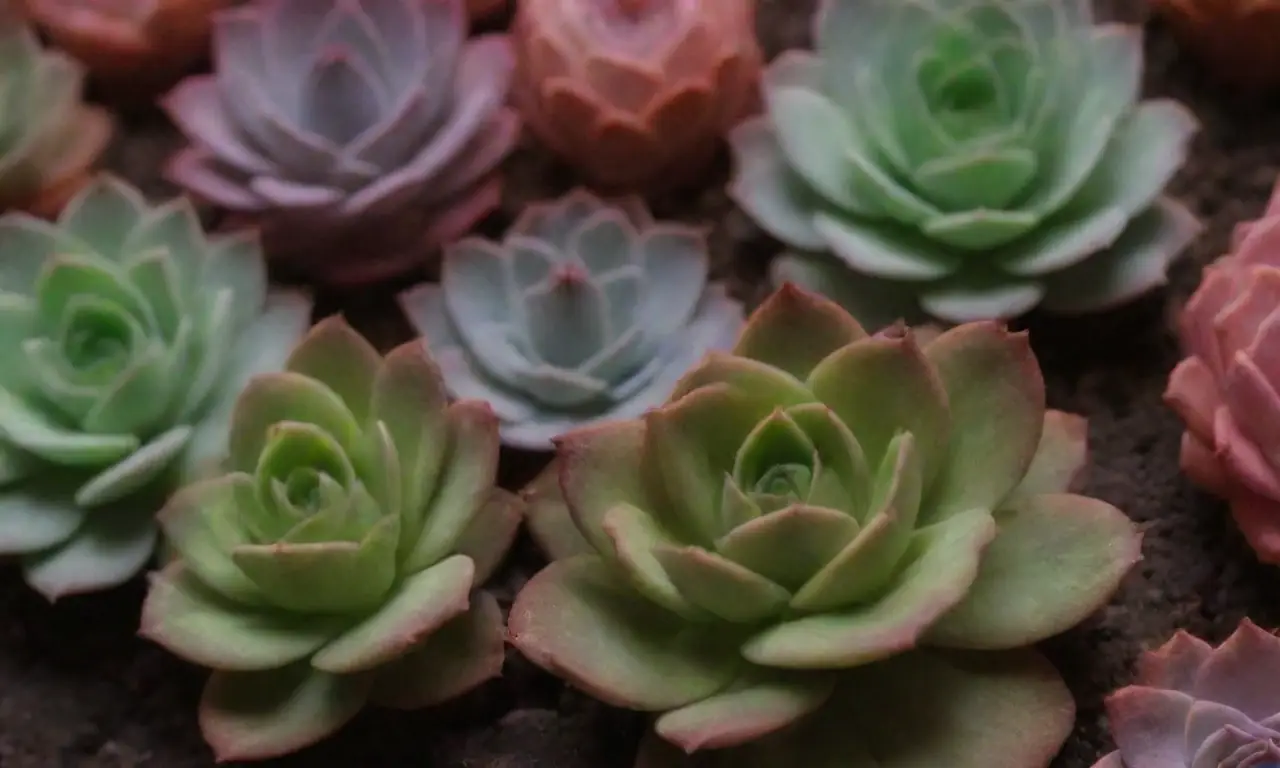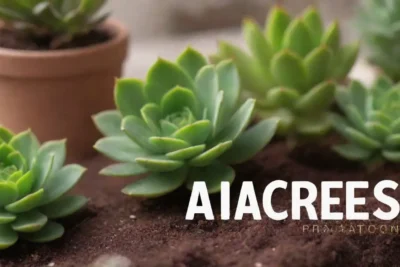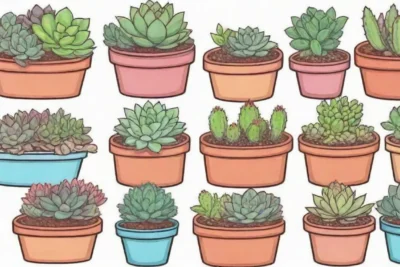
The Benefits of Using Cloning Gel in Succulent Propagation

Introduction
Succulent plants are a popular choice among gardeners and plant enthusiasts for their unique shapes, colors, and ease of care. As these plants continue to trend in home decor and landscaping, the need for efficient propagation techniques has also grown. Cloning gel, specifically formulated to enhance plant growth, has emerged as a powerful tool in the propagation of succulents. This article delves deep into the numerous benefits of using cloning gel in succulent propagation, offering invaluable insights for novice and experienced gardeners alike.
In this detailed exploration, we will discuss the process of succulent propagation, the unique properties of cloning gels, and how these products can significantly improve the success rate of creating new plants from cuttings. Additionally, we’ll cover the practical application of cloning gel, various brands available in the market, and tips for best results. By the end of this article, readers will not only understand what cloning gel is but will also be equipped with knowledge to optimize their succulent gardening practices.
Understanding Succulent Propagation: The Basics
Succulent propagation is the process of creating new plants from existing ones, which can be accomplished through various methods including leaf cuttings, stem cuttings, and offsets. This process is vital for expanding one’s collection, sharing plants with friends, or even for commercial sales. The success of propagation largely depends on the method chosen, the environment in which the cuttings are placed, and the care they receive during this critical period.
Importance of Cuttings in Succulent Propagation
When propagating succulents, the use of cuttings is particularly significant. Cuttings are segments of the plant (leaves, stems, or offsets) that have the potential to develop roots and form a new plant. The health of the cutting plays a major role in determining whether it will take root successfully. A healthy cutting has a better chance to thrive, causing novice gardeners to often emphasize the importance of choosing the right piece from which to propagate. However, even the healthiest cuttings need help to root and develop effectively.
The Role of Environment in Successful Propagation
In addition to healthy cuttings, environmental factors such as light, temperature, and moisture significantly influence the success of succulent propagation. For instance, succulents thrive in bright but indirect light; too much direct sunlight can lead to desiccation, while insufficient light slows growth. The temperature also needs to be ideal, with most succulents preferring a warm environment. Finally, moisture management is crucial—too much moisture can cause rot, while too little can hinder root development. This is where cloning gel can lend a helping hand, as it improves the chances of successful propagation by fostering a more favorable environment for rooting.
Cloning Gel: A Game Changer for Propagation
Cloning gel is a rooting hormone that enhances the rooting process for plant cuttings. Rich in hormones such as auxins, cloning gel stimulates root formation when applied correctly. While traditional techniques often involve dusting cut ends of cuttings with powder rooting hormones, gels provide a more effective and easier application method.
The Chemistry Behind Cloning Gel
Cloning gels typically consist of a variety of components that work synergistically to promote root growth. The main ingredient, auxin, is a plant hormone that plays a key role in various growth processes. By using a gel formulation, the rooting hormone remains in contact with the cutting longer than powder formulations, increasing the likelihood of efficient absorption and effective rooting. Furthermore, many cloning gels are enriched with additional nutrients that provide a conducive environment for seedlings, enhancing their development significantly.
 The Do's and Don'ts of Propagating Succulents in Bulk
The Do's and Don'ts of Propagating Succulents in BulkBenefits of Using Cloning Gel
Using cloning gel provides numerous advantages in succulent propagation. The first benefit is the enhancement of rooting success rates. Research indicates that cuttings treated with cloning gel are often twice as likely to root successfully compared to untreated counterparts. This remarkable improvement can save time and resources, making it an invaluable tool for busy gardeners.
Secondly, cloning gel minimizes the chances of infections. When propagating succulents, it is common for cut ends to be exposed to pathogens that could lead to rot or disease. Cloning gels, particularly those containing antifungal properties, act as a protective layer against such threats, ensuring that the delicate tissues of the cutting remain safe during the rooting process.
Finally, cloning gels are easy to use. The process typically involves dipping the cut end of a stem or leaf cutting into the gel, allowing for an efficient application. This user-friendly approach saves time and effort, allowing gardeners to focus on nurturing their new plants rather than worrying about the propagation techniques.
Using Cloning Gel: Practical Application

Using cloning gel effectively involves a systematic approach that ensures the best outcomes for succulent propagation. Proper preparation is crucial, as the success of your cuttings will depend largely on the quality of the cuttings and the care they receive afterward.
Step-by-Step Guide to Using Cloning Gel
Preparation of Cuttings: Begin by selecting healthy shoots or leaves from your succulent plant. Use clean, sharp scissors or a knife to make a clean cut, minimizing any damage to the plant. Ideally, allow the cutting to callous over for a few hours or overnight, as this allows for healing and reduces the risks of rot.
Application of Cloning Gel: Apply the cloning gel directly to the cut end of the cutting. Although the gel can be applied generously, ensure that excess gel does not drip, as too much moisture can lead to root fungus. Gently tapping the cutting against the container of the gel can help eliminate excess.
 Growth Conditions: Temperature, Light, and Moisture for Success
Growth Conditions: Temperature, Light, and Moisture for SuccessPlacement: After applying the cloning gel, place the cutting in a well-draining potting mix, often a mix designed for succulents. A mix containing perlite or sand ensures that the cutting will not remain overly damp, which is vital for preventing rot.
Care and Monitoring: The newly potted cutting should be placed in an ideal environment—preferably bright, indirect light, with controlled humidity levels. Regularly check the moisture levels, avoiding over or underwatering.
Patience: Finally, remember to be patient. Rooting can take several weeks, and while you may want to check on your cuttings regularly, avoid disturbing them too much.
Different Types of Cloning Gels on the Market
While exploring cloning gels for succulent propagation, a variety of products are available in gardening centers and online. Some of the popular brands include Rootone, Clonex, and HydroDynamics. Each brand has its own formulations that may vary in terms of consistency and additional ingredients. Thoroughly researching these products can help you choose the one best suited to your needs. Many experienced gardeners recommend starting with a well-rated gel and adjusting based on your results.
Conclusion
The art of succulent propagation can significantly benefit from the use of cloning gel. With its ability to enhance rooting success, reduce infection risks, and simplify the propagation process, it serves as a game changer for both amateur and skilled gardeners. As more enthusiasts discover the advantages of cloning gel, it is becoming a staple in the succulent gardening community.
Incorporating cloning gel into your propagation practices can foster a better understanding of how these plants thrive and develop. By providing novel ways to cultivate healthy, vibrant succulents from parent plants, cloning gel enables us to expand our botanical collections and share the love of gardening with others.
As you embark on your journey with succulent propagation, consider the advantages that cloning gel can bring. With the right application, you can experience the joy of watching your cuttings thrive into beautiful new succulents. Embrace the possibilities that this innovative product offers, and watch your garden flourish as you cultivate an array of colorful, robust plants.
 Succulent Propagation FAQs: Answers to Common Questions
Succulent Propagation FAQs: Answers to Common QuestionsIf you want to read more articles similar to The Benefits of Using Cloning Gel in Succulent Propagation, you can visit the Propagation Methods category.






You Must Read